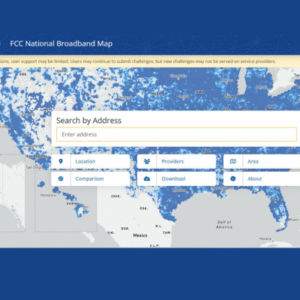“Capital Region Statistical Report” Now Available
The Capital District Regional Planning Commission has released its “Capital Region Statistical Report”, an update to the “Tech Valley Trends – A Basis for Civic Change” report prepared in 2009 which was a collaborative effort among a number of regional partners in the Capital Region. Both reports were prepared in order to provide a better understanding of the characteristics of New York’s central Capital Region. “Tech Valley Trends” was commissioned in response to the emergence of high tech industries within the region and the formation of New York State’s Tech Valley. The “Capital Region Statistical Report” has been updated to reflect the most recent data available for many of the categories included in the original report.
The “Capital Region Statistical Report” identifies indicators for eight different categories: Social Welfare; Education; Housing; Economics; Transportation; Environment; Recreation, Arts, and Culture; and Public Safety. For each of these categories, the original report from 2009 provided a vision statement reflecting the ideals and goals that the Capital Region hoped to achieve. These vision statements serve as the basis for monitoring progress over time to assure a sustainable future and opportunities for all the residents in the Capital Region regardless of where they live and their socioeconomic status.
The updated report finds that the Capital Region has made progress in areas of transportation, environmental quality, arts and culture, and public safety.
- While driving alone remains by far the most common mode of transportation within the region, bus use has increased steadily with CDTA recording record ridership.
- The region has experienced a decline in the number of Air Quality Non-Attainment days which are days when the air quality could impact those with vulnerable respiratory systems, recording zero days in both 2013 and 2014.
- Attendance at the Region’s state parks has increased dramatically since 2004. Public support, however, for these organizations has decreased in recent years.
- Regionally, violent and property crimes have declined from 2009 through 2013. Of the Region’s major cities, the City of Albany saw a significant decline in violent crimes, from 10 crimes to 8 crimes per 1,000 residents.
However, the Capital Region still has a number of challenges associated with social welfare, education, housing, and economics.
- Over the last decade, the percentage of people living in poverty has grown across the Capital Region with the greatest part of this increase being children in the region’s cities.
- The Capital Region’s urban schools are struggling to close the achievement gap. Students in urban schools lag behind their counterparts in suburban and rural schools in terms of test scores and graduation rates.
- Though housing values have begun to rebound from the recession, however finding housing for families of a variety of incomes is becoming an economic challenge.
- While the Region has seen the job market grow since 2000, the growth in salaries has not kept pace with inflation in many sectors. Even as the economy recovers from the Great Recession, salaries have remained flat.
View the “Capital Region Statistical Report“


